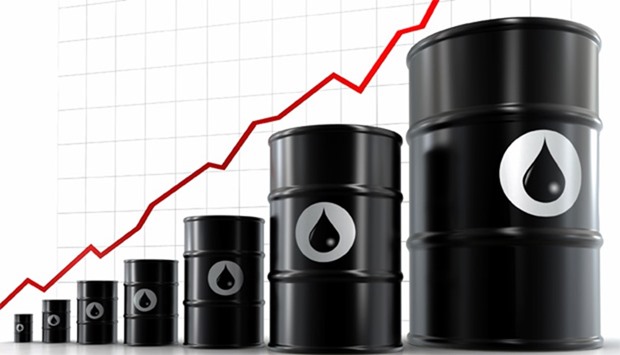S&P estimates a 55% year-on-year rise in Qatar’s hydrocarbon revenue in 2022, with non-hydrocarbon revenue also buoyed by the additional economic activity associated with the World Cup and recovery after the Covid-19 pandemic.
High oil prices should result in strong government surpluses in 2022-2023, at about 13% of GDP in 2022 and 6% in 2023.
The general government balance includes the central government's budgetary position, and small deficits of about 0.2% of GDP at the social security system level.
In the first six months of 2022, the fiscal surplus was recorded at QR47bn, compared with a budgeted deficit of QR8.3bn for the year, S&P said in its ratings upgrade report.
On November 4, S&P Global Ratings raised its long-term foreign and local currency sovereign credit ratings on Qatar to 'AA' from 'AA-' and affirmed its short-term foreign and local currency sovereign credit ratings at 'A-1+'. The outlook is stable.
As S&P oil price estimates fall to $55/b, it expects a deficit of about 4% of GDP on average in 2024-2025.
“We expect government revenue to continue to be largely driven by gas production and oil prices. We also expect government expenditure to remain broadly flat, at about 30% of GDP over 2022-2025. During the four years to 2019, expenditure averaged about 35% of GDP.
“Our expectation of additional expenditure restraint over the forecast period through 2025 largely relates to our assumption that government spending on capital projects of about 10% of GDP in 2022 will decline to about 7% of GDP by 2025, given that many large infrastructure projects will have been completed, such as Doha's new metro and tram system.”
According to S&P the government intends to reduce its overall debt-to-GDP ratio and to rebalance the share of foreign currency debt in the total, aiming for 50%, down from 58% in 2021.
“We expect the government's debt-repayment strategy to reduce total general government debt to 27% of GDP by 2025, from 49% in 2022.
“The government will repay the debt from cash surpluses partly accumulated from past Eurobond issuance. The government's net asset position will remain a rating strength, averaging 110% of GDP over 2022-2025.”
High oil prices should result in strong government surpluses in 2022-2023, at about 13% of GDP in 2022 and 6% in 2023.
The general government balance includes the central government's budgetary position, and small deficits of about 0.2% of GDP at the social security system level.
In the first six months of 2022, the fiscal surplus was recorded at QR47bn, compared with a budgeted deficit of QR8.3bn for the year, S&P said in its ratings upgrade report.
On November 4, S&P Global Ratings raised its long-term foreign and local currency sovereign credit ratings on Qatar to 'AA' from 'AA-' and affirmed its short-term foreign and local currency sovereign credit ratings at 'A-1+'. The outlook is stable.
As S&P oil price estimates fall to $55/b, it expects a deficit of about 4% of GDP on average in 2024-2025.
“We expect government revenue to continue to be largely driven by gas production and oil prices. We also expect government expenditure to remain broadly flat, at about 30% of GDP over 2022-2025. During the four years to 2019, expenditure averaged about 35% of GDP.
“Our expectation of additional expenditure restraint over the forecast period through 2025 largely relates to our assumption that government spending on capital projects of about 10% of GDP in 2022 will decline to about 7% of GDP by 2025, given that many large infrastructure projects will have been completed, such as Doha's new metro and tram system.”
According to S&P the government intends to reduce its overall debt-to-GDP ratio and to rebalance the share of foreign currency debt in the total, aiming for 50%, down from 58% in 2021.
“We expect the government's debt-repayment strategy to reduce total general government debt to 27% of GDP by 2025, from 49% in 2022.
“The government will repay the debt from cash surpluses partly accumulated from past Eurobond issuance. The government's net asset position will remain a rating strength, averaging 110% of GDP over 2022-2025.”


